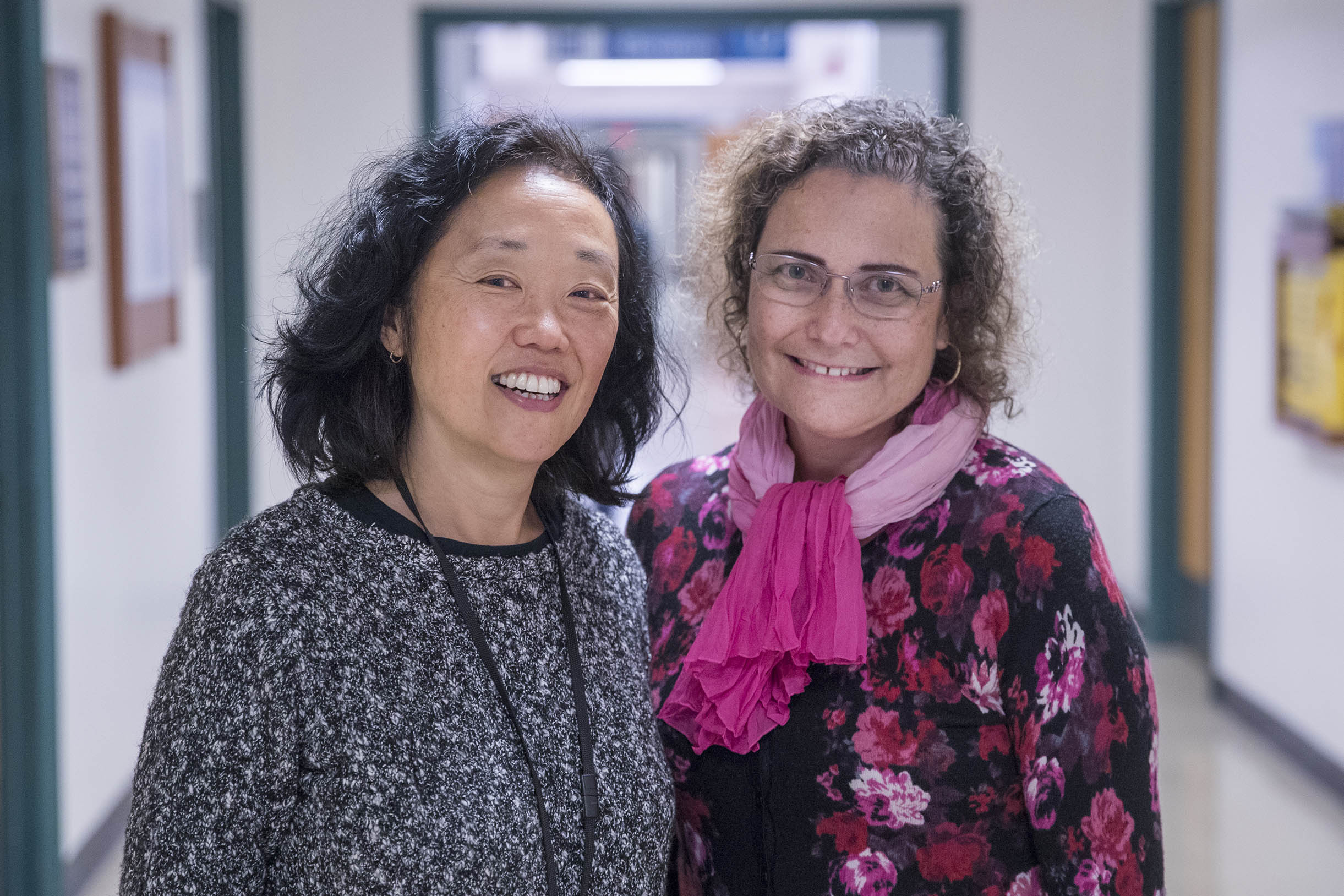Sudden infant death syndrome is the leading cause of death for babies between 1 month and 1 year in age, but a new study shows that breastfeeding for at least two months cuts a baby’s risk of SIDS almost in half.
University of Virginia researchers Kawai Tanabe, Dr. Fern Hauck and Dr. Rachel Moon worked on the study, in which a team analyzed eight major international studies that examined 2,259 cases of SIDS and 6,894 control infants where death did not occur.
The researchers found, after adjusting for variables that could distort their results, that breastfeeding for at least two months was associated with a significant decreased risk. Breastfeeding for less than two months did not offer such a benefit.
Hauck and Moon appeared via Facebook Live on the University’s page on Thursday to discuss the findings and their implications. Take a look, and see an edited transcript of some of their answers below.
Q. What is SIDS and how common is it?
Moon: SIDS stands for “sudden infant death syndrome,” and it’s when a baby dies, but you don’t know why the baby dies. SIDS is actually one subcategory of a larger group of deaths which we call sleep-related deaths. SIDS itself is about 3,500 deaths per year, but when you look at all sleep-related deaths, it’s about double that.
Q. Do we know what causes it?
Hauck: Actually it’s a more challenging question than it might appear.
We don’t know exactly what the cause of SIDS is. We know what factors are related to higher risks of SIDS. We do have some theories about what causes it. It’s believed to be a defect somewhere in the brain that occurs in utero that probably affects the arousal mechanism of the brain.
So if a baby is in a non-advantageous situation, like being facedown or not getting enough oxygen in, the typical response of a normal baby should would be to turn the head, gasp and cry in order to get that oxygen in. But we believe that with SIDS, the baby does not respond appropriately and therefore doesn’t turn the head or gasp.
We don’t know for sure if that’s the cause, but it is a theory.
Q. Tell us about your new study. What did you look at and what did you find?
Moon: What we were interested in was looking at breastfeeding and SIDS. Studies have shown that if you breastfeed your baby, that is protective against SIDS. But we never knew how much breastfeeding was needed to get that protective effect.
What we did in this study was we took data from a lot of different studies from different countries and compared the babies who died from SIDS and babies who didn’t. We also looked at how long they had breastfed and also how much they had breastfed – if they had breastfed exclusively, or if they combination fed: breastfed and formula fed.
What we found was that you have to breastfeed for about two months to get that protective effect. It doesn’t have to be exclusive breastfeeding; it can be partial breastfeeding. But regardless, you have to do it for at least two months to get that protective effect.
Q. What else can parents do to reduce the risk of SIDS?
Moon: The first thing you want to do is always make sure the baby is always sleeping on the back. We know that is protective. We know babies who sleep on their stomachs sleep more deeply, and they are harder to wake up. Even though every parent wants their child to sleep longer – because the longer the baby sleeps the longer you sleep – that’s what is so dangerous about sleeping on the stomach: potentially putting a baby in a situation where they can’t arouse.
We recommend the baby be on a flat, hard surface with nothing else around, so a crib or bassinette, and to have a sleep space where the baby is close to the parent, but not in the same bed.

Hauck: Parents do say, well where can I feed my baby at night if not in my bed, particularly if I’m breastfeeding? So definitely take the baby into bed for breastfeeding – try to remove the nearby bedding and cushions – and then afterward put the baby into the crib or bassinette that’s nearby.
Moon: Smoke exposure before birth and after birth also increases the risk of SIDS.
Q. What are the next steps for this research?
Hauck: I think the news is really great, that moms should be encouraged by this. We want to encourage all mothers to breastfeed their infant for as long as they can. The encouraging piece is even if they breastfeed for two or more months, they will have some benefit. So don’t say, “I’m going back to work in two months, so I won’t breastfeed at all.” I think that’s a critical finding from this study.
For future research, we’d like to understand better why this protection is there. So hopefully our colleagues in the physiology world or in molecular biology or immunology can look at what it is about breast milk that seems to be protective for SIDS.
Media Contact
Article Information
November 9, 2017
/content/qa-how-potentially-halve-risk-sudden-infant-death-syndrome

